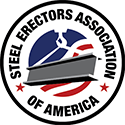|
By: Todd Alwood Quality control is not just about plans and processes. It’s also about where the rubber meets the road, or in the case of steel fabrication and erection, where the arc meets the metal. If there’s one thing we know about training, it’s that actually doing something is more effective than talking about it. We can talk about how helping your staff develop their skills–investing in their success as an individual–cuts down on attrition. We can talk about how important it is that everyone on a team knows what their quality management system does and how it works. But doing is more effective than talking–and people who do it know more than people who talk about it. The seven people you’ll meet here do steel construction quality training on a regular basis. Every shop or jobsite is different, but these lessons have broad applicability. Read on for their tips, tricks, and lessons learned. Be sure to click the red subscribe button above to receive your digital copy.
By: Michael Brady and Jeremy DeGrande Construction in manufacturing and infrastructure remains strong, while the commercial sector is lagging, according to Engineering News-Record’s 2023 2Q survey of its Top 400 Contractors. And despite the Federal Reserve’s efforts, respondents reported concern regarding the general economic outlook. However, contractors remain busy — many report a higher-than-normal backlog of projects and demand for their services. These conditions add up to a competitive construction market with some unprecedented stressors. Current market conditions ENR surveyed construction executives between May 15 and June 26 and published its report in July 2023. Using the results, the publication rated the current market outlook a 40 on its 100-point Construction Industry Confidence Index, which quantifies how confident these executives feel about the state of the market now, in three to six months, and in 12 to 18 months. This rating is down four points from the previous quarter. Be sure to click the red subscribe button above to receive your digital copy.
By Tracy Bennett In the last three years, SEAA has tripled its benefits programs and doubled in-person networking events. “By offering more opportunities for our members to connect and the chance to tap new hiring, training, and business resources, we are giving contractors the tools they are seeking to better run their businesses,” said R. Pete Gum, Executive Director. The average membership fee is $1,640, while the value of services available to members is greater than $30,000 annually. “Whether you are already a member, but not taking full advantage of the resources available to you, or you are not yet a member, this information is for you,” said Jack Nix, Chief Operations Officers for Shelby Erectors and Chairman of the Membership Committee. Shared connections Every association says the primary benefit of participation is the networking, but members of SEAA say it best themselves. SEAA holds an annual Convention & Trade Show that rotates between east and west locations. The 2024 event is April 2-5 in Glendale, Arizona. Other opportunities to meet include regional Meet & Greet receptions and Peer Group discussions that take place in conjunction with summer, fall, and winter Board of Directors meetings held at various locations around the country. The Dave Schulz Memorial Golf Tournament is a fundraiser event held every fall. It also alternates between east and west. “Our company is where it is today because of the networking through SEAA. For 25 years, SEAA has contributed to my personal growth as a business owner and the overall improvement of our company. Other members willingly answer questions pertaining to industry standards, OSHA regulations, subcontract language, and more,” said David Deem, President of Deem Structural Services and President of SEAA (2022-2024). Be sure to click the red subscribe button above to receive your digital copy.
Gardner-Watson Decking’s President Geoff Kress and Vice President Jason Kulvinskas (center) surrounded by the rest of their team receive the World Class recognition for the Safety Excellence Award. By Macie Murie Worker safety is consistently one of the top priorities on any construction project, and with good reason. Since 2008, construction has experienced more total deaths than any other industry, and that figure doesn’t include fatalities from suicide. Our industry also has higher injury rates than most other professions, and unfortunately, safety costs. The industry loses $5 billion annually due to construction-related deaths. The number is measured by lost productivity, loss of family income, and pain and suffering, according to the Midwest Economic Policy Institute. However, today’s safety and training leaders recognize the impact of investing in creating a culture of safety. During a panel discussion at the 2023 Convention & Trade Show in St. Augustine, Florida, attendees were able to hear from the 2023 World Class Safety Excellence and Craft Training Excellence Winners. The Safety Excellence Award went to seven SEAA member companies in three categories. Recipients were selected based on evaluations of their EMR ratings, OSHA 300 statistics, and safety program processes over the last three years. Scoring was based on points assigned to a multi-criteria analysis, conducted in blind review by members of SEAA’s Safety & Education Committee. Applicants were evaluated on the portability of credentials, availability of apprenticeship programs, training, and recruitment efforts, in comparison to other companies of similar size. “Good safety records, comprehensive training aligned with long-term career paths, and awards recognitions, are among the criteria that prospective employees consider when deciding where to apply. Beyond the inherent value of being a safe company, it’s also a great marketing tool in a highly competitive market,” said outgoing Safety & Education Committee Chairman Bryan McClure, during the panel. The following are excerpts from the panel discussion. Be sure to click the red subscribe button above to receive your digital copy.
By Tim Neubauer, MS, CSP | JoAnn Dankert, CSP, CHMM, CIT | Kimberly Kemp, PhD In the contemporary workplace, the era of one-sizefits-all instructional paradigms is effectively over. This is particularly the case in complex, high-stakes industries like steel erection. In such fields, training isn’t a mere formality but a crucial process that ensures not only competency but also safety. A misstep or misunderstanding can result in serious injury or even loss of life, making the stakes exceedingly high. In-house trainers can be more effective when they take a comprehensive approach and understand their audience. In the 21st century, steel erection training requires more than rote learning. Workers require a deep understanding and practical application of complex principles, ranging from physics to safety regulations. The risks of getting it wrong are not just financial but can be human as well. With increasing technological complexity and a more diverse workforce, the one-size-fits-all model has become obsolete. Adapting content and delivery Today’s workforce is incredibly diverse, not only in terms of demographic factors like age, ethnicity, and educational background but also in terms of learning styles. According to the Cone of Learning developed by Edgar Dale, the retention rate for different types of educational activities varies widely. For instance, people generally remember only 10% of what they read but as much as 90% of what they do or teach others. Emerging technologies such as augmented and virtual reality offer unprecedented opportunities to adapt training to individual needs and to integrate more hands-on learning. For example, virtual reality scenarios can simulate the high-risk, high-stakes environment of a steel erection project, providing workers with a safe space to practice skills and procedures. A 2020 study by Price Waterhouse highlighted that trainees retained over 80% of the material through virtual reality training, compared to much lower retention rates for traditional methods. Moreover, this kind of training can be completed in a fraction of the time, leading to cost savings and quicker deployment of skilled workers. Be sure to click the red subscribe button above to receive your digital copy.
Cindy Schulz, widow of Dave Schulz, with friends and family Dave Schulz Memorial Golf Tournament Sinks a “Hole in One” The Dave Schulz Memorial Golf Tournament returned to the Lonnie Poole golf course at NC State in Raleigh, North Carolina, for the first time since the tournament was named for former SEAA President (2018-2019) and 2009 Person of the Year Dave Schulz. Schulz passed away in 2020. “This homecoming would not have been complete without Cindy Schulz, Dave’s widow, and former president of Schulz Iron Works,” said David Deem, current SEAA President. Deem sported red tennis shoes in honor of Dave Schulz, who was a huge supporter of North Carolina State University and was frequently seen wearing red tennis shoes, even with a suit and tie. SEAA heads West for the 2024 Convention and Trade Show Scheduled for April 2-5 in Glendale, Arizona, SEAA’s 2024 Convention and Trade Show will feature a variety of education sessions, plenty of networking opportunities, the George R. Pocock Memorial Golf Tournament, a Pickleball Tournament at Chicken and Pickle, and so much more. Keep in mind that The NCAA Men’s Basketball Tournament will be held April 6-8 at State Farm Stadium in Glendale. This means that hotel rooms are at a premium. Registering and reserving your room early is highly recommended. When the SEAA block is full, we will not be able to get additional rooms. Discounts end on January 31, 2024. Director of Membership & Business Development Joins SEAA Staff SEAA has named Keri Goldstein as its Director of Membership & Business Development. In this new role, Goldstein will work with the board of directors and committees. She is responsible for member recruitment and retention programs. SEAA Takes the Pledge to Stand Up for Suicide Prevention SEAA has joined other industry association stakeholders of the Construction Industry Alliance for Suicide Prevention (CIASP). Over 5,000 people working in construction die by suicide each year. That’s five times more than the annual number of jobsite fatalities. Be sure to click the red subscribe button above to receive your digital copy.
Be sure to click the red subscribe button to receive your digital copy.
Safe rigging practices are essential for the safety of everyone working near crane activities on a job site. Improper rigging techniques can lead to serious accidents, injuries, and damage to property. There is a wide variety of different rigging methods that can be applied in various lifting scenarios and it’s crucial to have the correct knowledge in selecting the correct method in each case. Rigging for steel erection presents unique challenges. Read on for best practice reminders on inspection, selection, and communication. Inspection and training
First and foremost, employees need to ensure that all rigging equipment is inspected and maintained regularly. This includes wire rope, chains, nylon, polyester, hooks, and other hardware used for lifting and moving loads. Any equipment showing signs of wear such as, cuts, abrasions, severe wear, broken wires, cracked fittings, chemical burns, UV damage and distortion should be immediately taken out of service and replaced. Regular inspections and maintenance help to prevent equipment failure and ensure that all rigging gear is in good working condition. Proper training for riggers is another critical aspect of safe rigging practices. Workers involved in rigging operations need to receive comprehensive training on the safe use of rigging equipment, as well as the identification of potential hazards and proper procedures for lifting and moving loads. Additionally, workers should be trained to understand load capacities, weight estimation, center of gravity, and the importance of balancing and securing loads to prevent accidents. Employers should also keep their employees training fresh as new standards, practices, rigging hardware is always changing. |

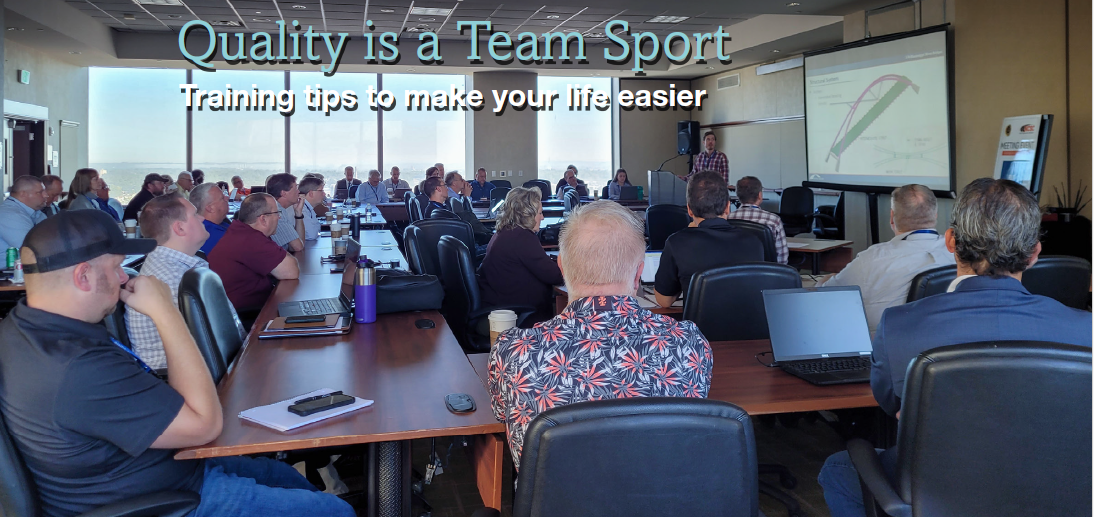
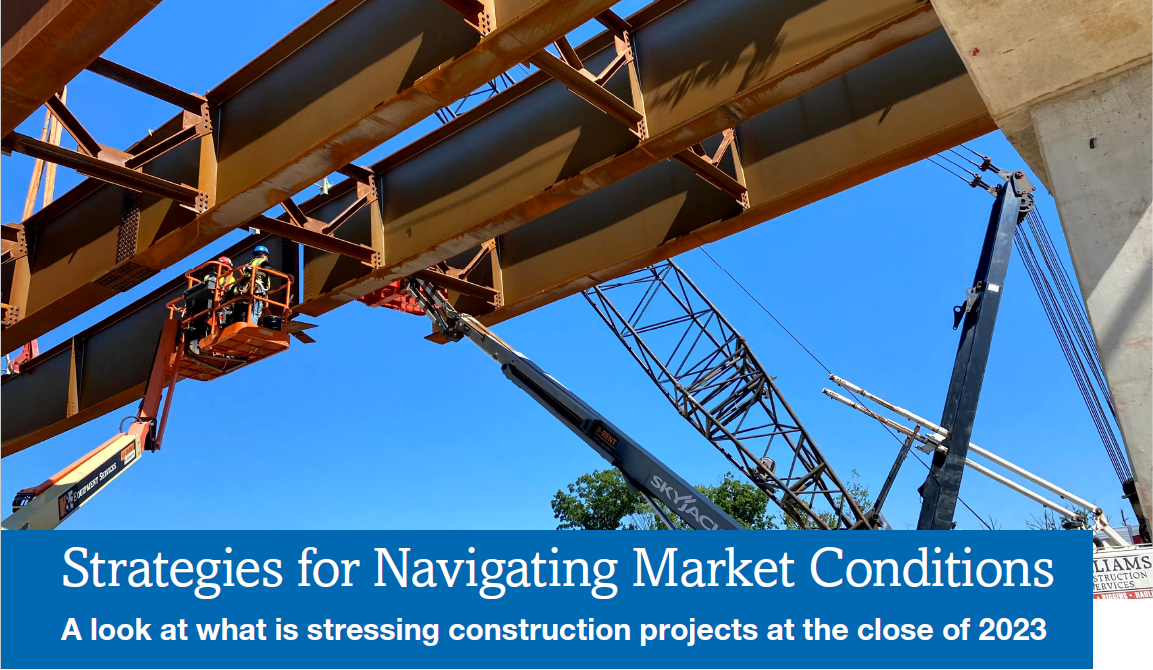
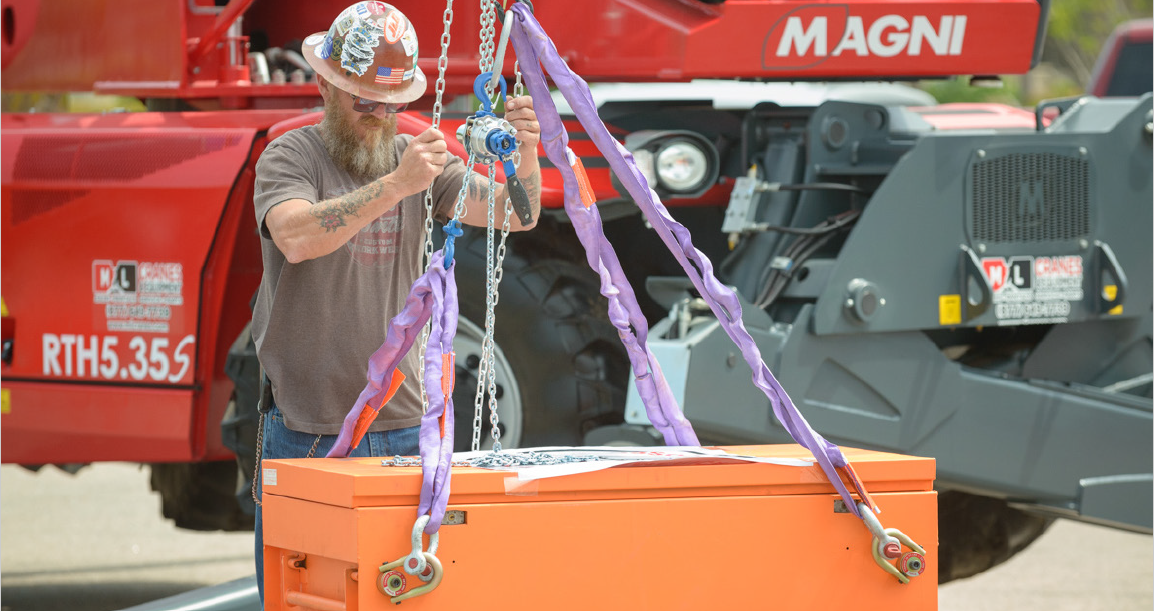
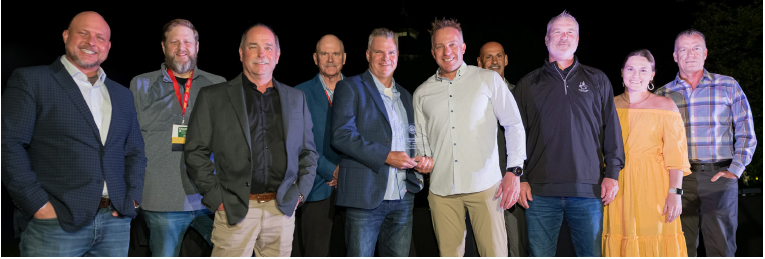
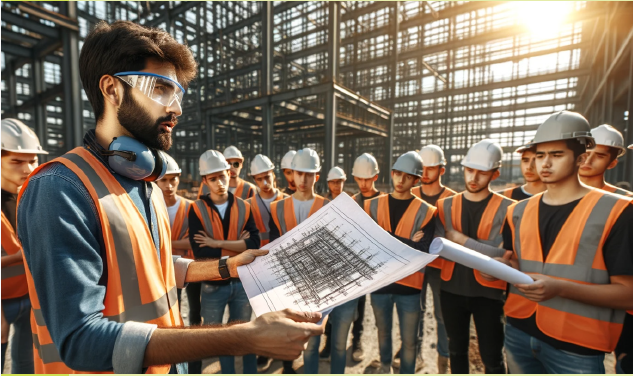
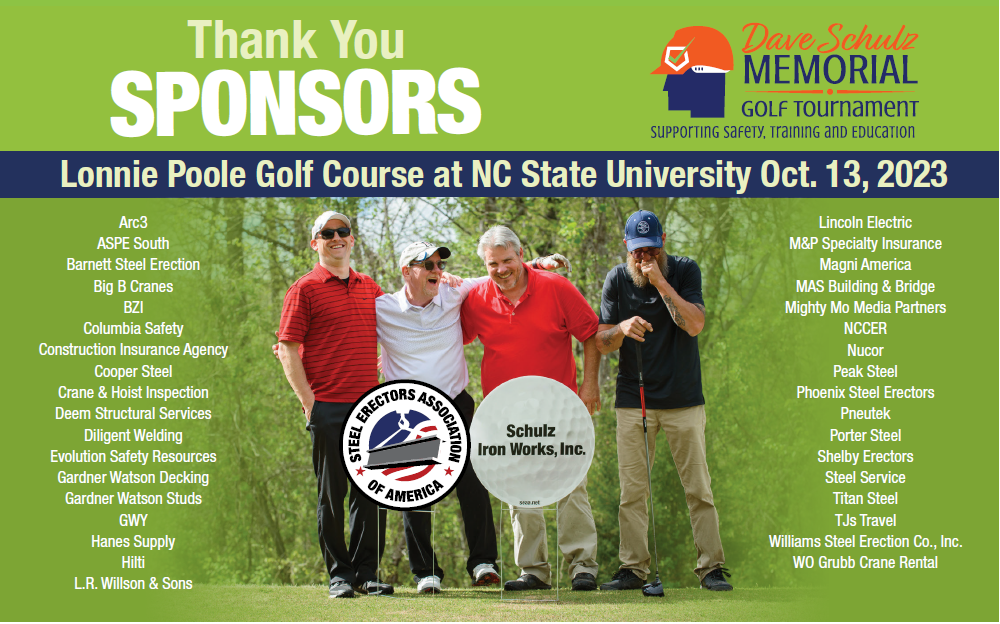
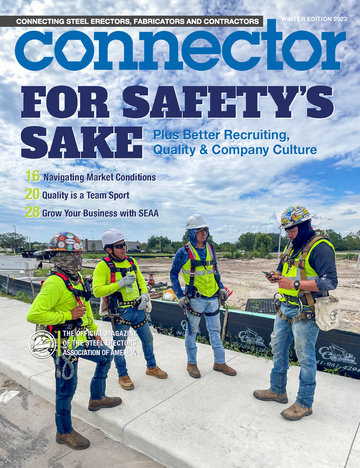
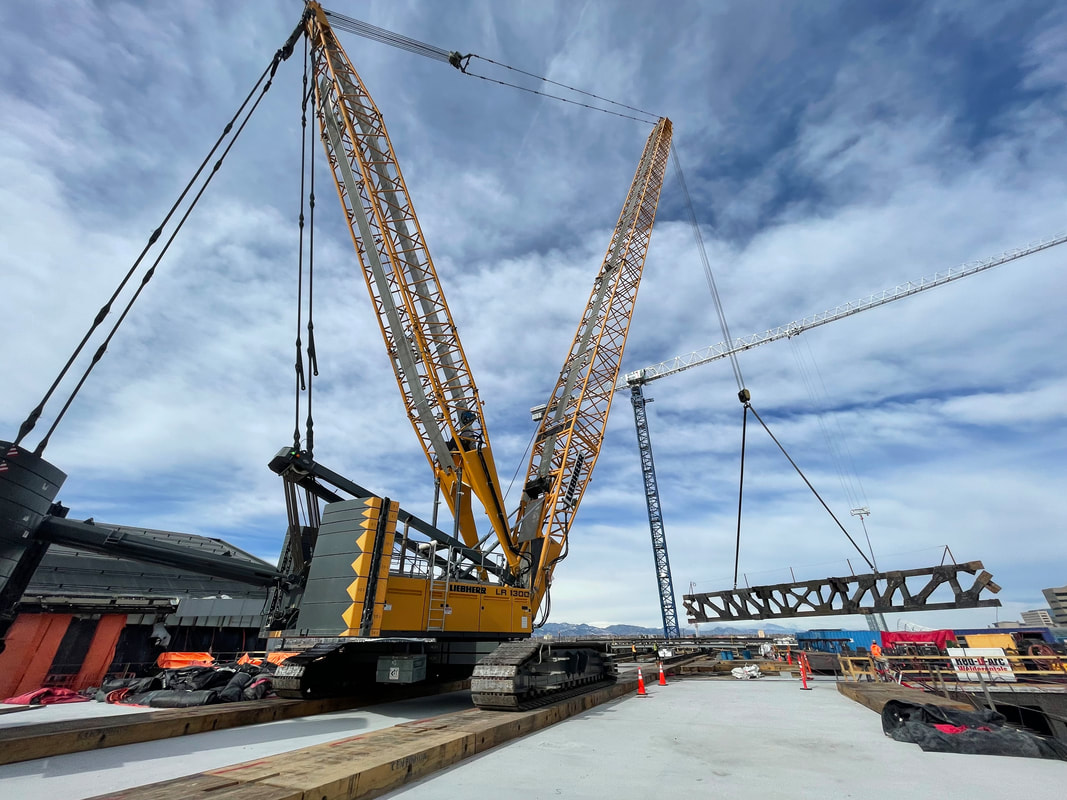

 RSS Feed
RSS Feed
